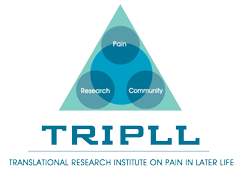Research Priorities in Palliative Care for Older Adults
allison2018-10-01T00:03:36-04:00A recent article published in the Journal of Palliative Medicine presented research priorities that addressed “the burden, assessment, and management of symptoms associated with advanced illness in older adults.” The authors found that “most available studies have focused on relatively narrow conditions (e.g., chemotherapy-induced nausea) and there are almost no data relevant to patients with multiple morbidities or multiple concurrent symptoms.” Full Story
